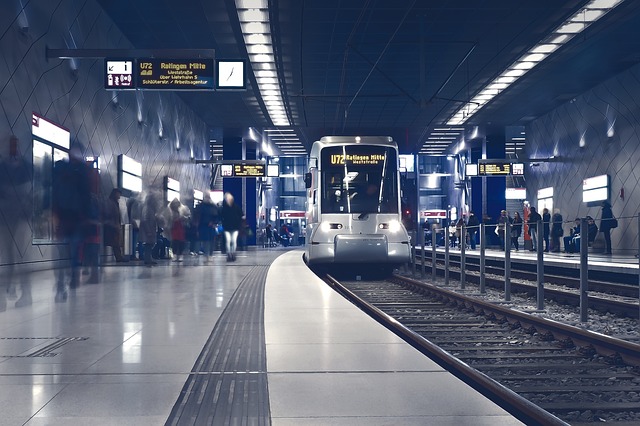Kuching city is known for many great things such as great food and is also one of the cleanest cities across the nation.
However, despite that it has since before been facing with the issues of inaccessibility of public transportation and its services.
Members of the public has been lamenting that the public transportation is nowhere as efficient or readily available.
On top of that, some have even complained that the waiting time of the available public transportation is long and inconsistent perhaps due to the lack of proper schedule.

As urban areas are becoming more congested every day, an effective public transportation system is vital in city planning to ensure cities around the globe as liveable places
Thus, this makes most people opting in using their personal transport instead.
On the other hand, for those who do not have their own personal transport are now are using e-hailing services such as Grab.
Over the years, the lack of public transportation and the increment of personal transports on the road is contributing to the traffic congestion in the city especially during peak hours.
As a result, road accidents are prone to happen, air quality is worsening, noise pollution occurs constantly, and the society will face with long hour traffic jams and a longer commute time.
Around the world, cities across the globe are implementing an effective public transportation system as part of city planning to fight traffic congestion.
For example, Zurich which pried itself as a walkable city a good public transit system consisting of boats, trams, cable cars and trains.
Apart from being easy and clean, the public transit system has made traveling outside the city easy as users can easily connect from the inner-city system to a network of trains, buses and boats that travel to the countryside and nearby towns.

Shanghai on the other hand, is one of the populous cities in the world.
The public transportation there is responsible for getting more than 2 billion people annually where they need to go. However, despite that the public transit system is known to be safe, punctual, affordable and, perhaps most importantly, very efficient.
In this part of the world, the State government through the Kuching Urban Transportation System (KUTS) is implementing the Automated Rapid Transit (ART) system for public use.
The aim of KUTS project is to minimise traffic congestion on the city’s roads while spurring productivity and economic growth.
It is said that the ART will become the first automated rapid transit system in the world that is powered by hydrogen fuel cell and runs on virtual tracks.
In ensuring the city is a liveable and sustainable place to live, implementing an effective transportation system as part of city planning is vital.
In term of environmental factor, an effective transportation system in the city will help reduce pollution.
According to the World Health Organization (WHO), more than 2 million premature deaths each year can be attributed to the effects of urban outdoor and indoor air pollution.

Elements such as sidewalks or bicycle routes is also part of a holistic effective transportation system
But, as public transportation system offers access to multiple transit areas, this would promote the use of public transport.
This would then reduce private car usage, and encourages eco-friendly habits like bike-sharing and carpooling. This act will therefore improve the air quality, noise level and traffic congestions.
As for the social factor, an effective public transportation system will improve the quality of life by saving expenses for citizens and makes a city more attractive to tourists.
Apart from that, by linking to areas such as higher learning institutions and training centres, this can help elevate the socio-economic status of members of the public as they have easy access to places to improve their skills.
In addition to this, by improving monitoring and surveillance of public transport can help identify and respond to emergencies, disasters, or terror attacks as well as reduce accidents.
As for the economic factor, an effective public transportation system provide access to businesses and industrial areas, tourist hotspots and dense residential areas.
This is because, in order for new houses or businesses to be built, roads, bus services and rail must be in place to service them.
Overall, a good public transport connection has direct benefits to people, businesses, the environment, and the overall economy.
However, the presence of public transportation is not enough.
A holistic transportation system may include other elements as the street, sidewalks or pedestrian networks, transit locations as well as bicycle routes.
An effective public transportation system is one that provides affordability, accessibility and connectivity to the public while incorporating good land use planning while considering the environmental, social and economic factors for sustainable urban living.




